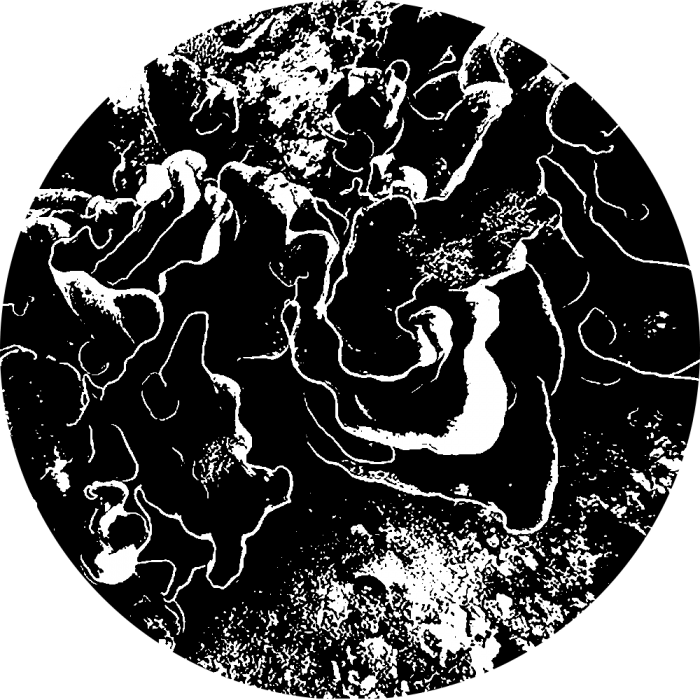Other Geometries
Other Geometries
“I want to find a way in this conversation to not remain circling around feelings of powerlessness and stunted outrage; we need ‘affective infrastructures’ that help us feel differently, such that we might act unexpectedly. That we might act at all.” With this call, Lou Cornum opened the archipelagic exchange published in this same journal.1 Lou invited the Study Circle to explore the dynamic tensions between “affect” and “infrastructure” in order to find a way out of the paralyzing feeling of “circling around.”
A circle is a simple geometric shape. The term “circle” can refer to the outline of a figure, or to a round shape, including its interior. Circles are mathematically defined as the set of all points in a plane that are at the same distance from a shared center; its boundary or circumference is formed by tracing the curve of a point that keeps moving at a constant radius from the middle.

Circles are omnipresent in practices and imaginaries of collectivity. However, their usefulness for thinking and moving with the kind of “aspirational ambivalence”2 that the Study Circle was committed to, is limited. Their flatness provides little in the way of vocabulary for more complex relational notions that attempt to include space, matter and time, let alone interspecies mingling and other uneasy alliances. The obligation to always stay at the same distance from the center promises a situation of equality but does so by conflating it with similarity. Circles divide spaces into an interior and an exterior, a binary separation that is never easy to overcome. We urgently need other axes to move along.
The stage for the Study Circle had been set with a quote from Lauren Berlant in which she introduces the combinatory concept “Affective Infrastructures” as a way to think about what could bind us together in troubling times. In her text, Berlant takes on the complex project of thinking a commons beyond the objective equivalency of “likeness.” Her proposal is to actualize resilient structures that could work from and with “non-sovereign relationality as the foundational quality of being in common.” In other words, she asks us to think with other geometries of relation.
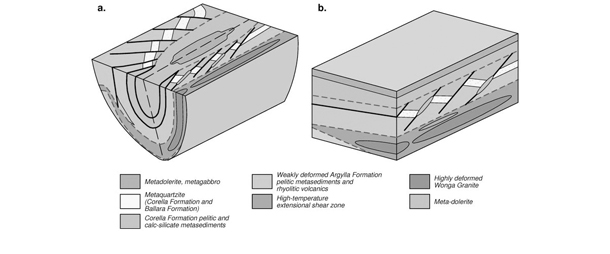
The Affective Infrastructures Study Circle never formed or performed a circle, beyond its very name. Its complex shape was carefully composed by inviting eight geographically dispersed people, speaking and writing through many languages with varying levels of comfort. Our diverse gender realities, geopolitical situations, disciplinary backgrounds, practical experiences and even age differences meant that we each came with specific questions regarding both “affect” and “infrastructure.”
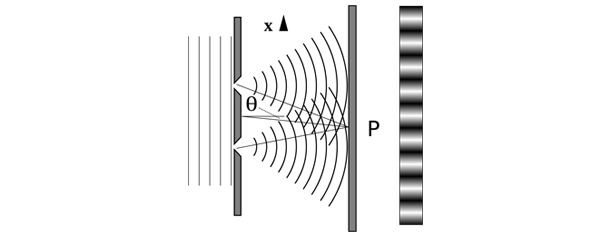
The circularity of the Study Circle was further interfered with by overlapping presences, concerns, and tools. A few months before the festival took place, and the day after the elections in Brazil, some of us physically met in Berlin, while others connected remotely online. As gas canisters were thrown at migrants trying to cross border between the U.S. and Mexico, we tried to come to terms with the consequences for ourselves and our allies of Jair Bolsonaro having been elected president. We rallied against political inertia in the face of climate change and battled institutional and gender violence. We communicated across multiple time zones, from three continents, with the help of a mailing list, private email and messaging, video conferencing tools and many online notepads. There were erratic sleep cycles, exhaustion, and personal anxiety; there were network issues and failed connections. There were misunderstandings, surprising discoveries, and quite some funny jokes too. Meanwhile visas expired, and family members, deadlines, and dogs needed to be taken care of.
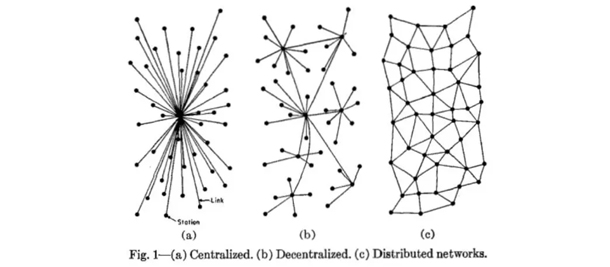
Amidst our scattered connections, other geometries of togetherness start to emerge. Some are explicit, well-known configurations and others more opaque, drifting slowly to the surface. We briefly consider the possibilities of distributed networks. Their iconic representation shows them as the final step in an evolution, neatly ordered along the increasing autonomy and resilience of individual nodes. Distributed networks are a product of Cold War engineering and graphically argue that they continue to perform even after a portion of nodes are incapacitated in an attack. Distributed networks rely on load-balancing sovereign agencies that exert power over others. The defensive drawing does not tell us much about the possibilities for non-sovereign relationality; the kind of infrastructural renderings that we want to converse with need to be less one-dimensional and overly schematic. Our intertwining bibliography orients towards queer, postcolonial and feminist theory, but also fiction. The torsions and tensions that we try to formulate with find companionship in work that affirmatively critiques the regimes of the normative, the legible, and the regular.
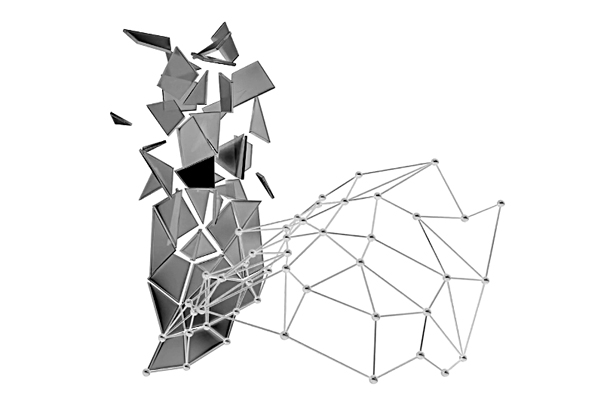
What happens between nodes and edges? Zach Blas invites us to deplace our attention to the negative space of networks, and to stop focusing on the centralizing force of connecting points. Thinking with Ulises Mejias, Blas calls this space “paranodal,” a paradigm shift which makes thinkable “that which is not only outside the network but also beyond the form of the network itself.”3 His proposal for paranodal spaces resonates with Nepantla, the locus of resistance that Gloria Anzaldúa makes emerge in Borderlands/La Frontera: The New Mestiza. “Nepantlas are places of constant tension, where the missing or absent pieces can be summoned back, where transformation and healing may be possible, where wholeness is just out of reach but seems attainable.”4
How to disentangle our experiences of stunted outrage from being caught in the middle of universalist totalitarian apparatuses provided by the GAFAM amalgam? Their homogenizing techno-political framework makes dark alignments between modernism, heteropatriarchy, capitalism, and colonialism resurface. Their ongoing promises of equality-through-variability, of optimized affect and monetized relations, make it increasingly difficult to think opacity, contingency, ambiguity and dirty futures beyond yet new ways of exerting power over others (either in the shape of ownership, parenthood, law, species, gender or state). We really need to bend our infrastructural desires in other directions.

It is here that the fungal arrives in our conversation as a way to conceptualize non-uniform collaborations under conditions of precarity. Being more than rhizomatic, molds and mycellia seem to mingle effectively with toxic soil, damaged trees, and polluted air as if they were ambitious employees at an afterwork cocktail party. For a fungal infrastructure, contamination is definitely part of the equation. These hypertextual naturecultures also remind us of the fact that the mixing of layers can be violent and not necessarily a voluntary affair. With Anna Lowenhaupt Tsing we wonder how such messy geometries can be responsible with extraction, without reverting to mere calculation. It is curious, how hard it is to draw such non-romantic forms of togetherness.

We jump from the de-stratifying scum of fungi to the alluring promises of hyperbolic geometry through the generous folds of the carrier bag, from inside to outside and back again. “A leaf a gourd a shell a net a bag a sling a sack a bottle a pot a box a container. A holder. A recipient.”5 Ursula K. Le Guin enlists multiple images of envelopment and asks us to consider structures that can hold together extra-equal agencies. Her porous containers vibrate with Berlants’ call for non-sovereign relationality and make a diffractive topology of interconnected surfaces appear. Could the swooping dimensionality of Affective Infrastructures curl up the parallel postulates of solid planes?6
And then, there is the tidal imaginary of the archipelago. With Édouard Glissant we wonder about networks of relations in a state of permanent transformation. Our affective infrastructural imaginations are being moved by the unpredictable combination of changing currents, a hot breeze and the shifting landscape of many islands. They diffract together in a métissage without limits; maybe this is not another geometry but a different world altogether? “Archipelagic thought is well suited to the ways of our world. It adopts the ambiguity, the fragility, the diversion [derivé]. It is in accordance with the practice of the detour, which is not the same as flight or resignation.”7
Our ongoing experience of knotting together different scales and intensities, without attempting to collapse them into each other, made increasingly clear that in order to rise to the challenge of thinking “affect” with “infrastructure” we needed to connect the how and what of the Study Circle. Dispersion, insecurity, precarity, suspension, instability, difference... How to think through and with the constraints of non-circular togetherness?8
When The Study Circle shared its thoughts at a public discussion, we were asked if we had any ideas how to implement the dynamic tensions between “affect” and “infrastructure” into actual tools and software. Our replies were hesitant; not because we wanted to negate the importance of concretization, but because to imagine togetherness with difference, we first need to change our frames of reference to ones that do not depend on zero eccentricity. This shifting of geometries is a necessary step to come up with technological renderings of possible non-utopian models that go beyond the rigidifying assumptions of sameness and reciprocity. If affective infrastructures have any capacity for providing us with the means for acting at all, they will need to be simultaneously complex and concrete, or they will not be.9
- 1. Lou Cornum in: Affective Infrastructures: A Tableau, Altar, Scene, Diorama, or Archipelago (transmediale journal, 2018)
- 2. Lauren Berlant, “The commons: Infrastructures for Troubling Times,” in Environment and Planning D: Society and Space 34, no. 3 (2016): 393–419.
- 3. Zach Blas, "Contra-Internet." e-flux Journal #74 (June 2016)
- 4. Gloria Anzaldúa, Light in the Dark/Luz en lo Oscuro: Rewriting Identity, Spirituality, Reality (Durham: Duke University Press, 2015).
- 5. Ursula K. Le Guin, "The Carrier-Bag Theory of Fiction" (1988)
- 6. "Rolling inward enables rolling outward; the shape of life’s motion traces a hyperbolic space, swooping and fluting like the folds of a frilled lettuce, coral reef, or bit of crocheting." Donna Haraway, Staying with the trouble: Making Kin in the Chthulucene (2016)
- 7. Édouard Glissant, Poetics of relation (MIT press, 1997)
- 8. Anna Lowenhaupt Tsing, The Mushroom at the End of the World On the Possibility of Life in Capitalist Ruins (Princeton University Press, 2017)
- 9. Jara Rocha (private conversation, 2019)

